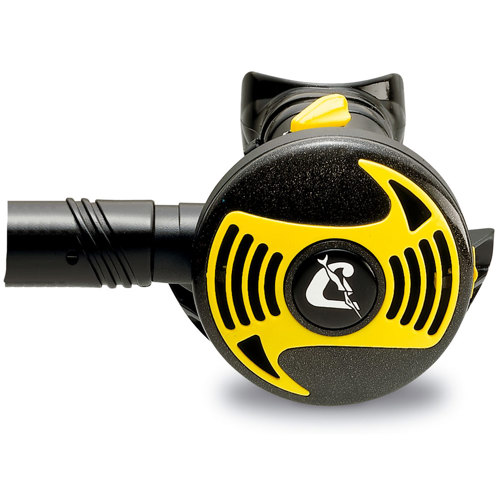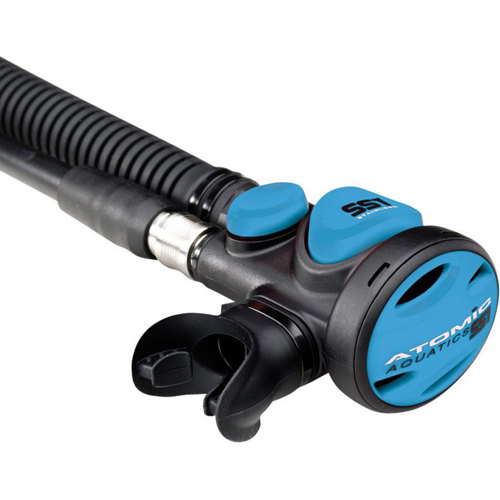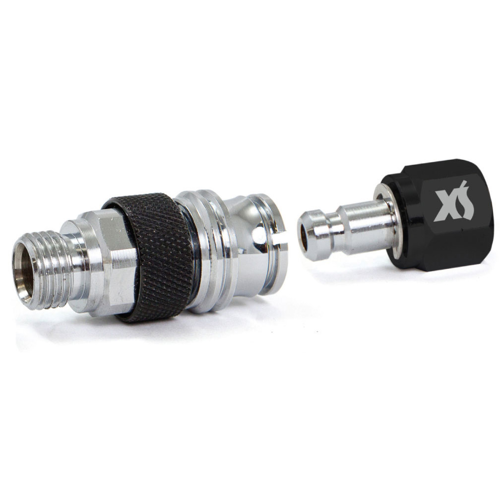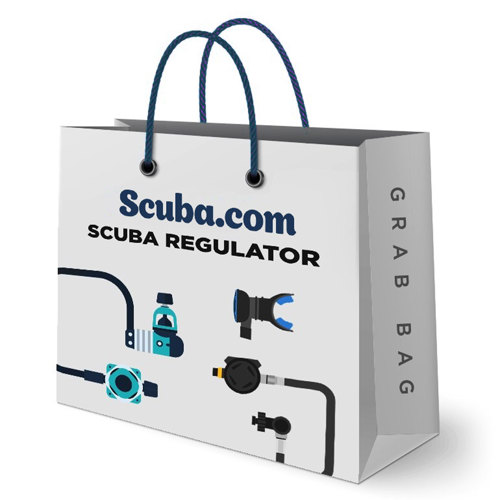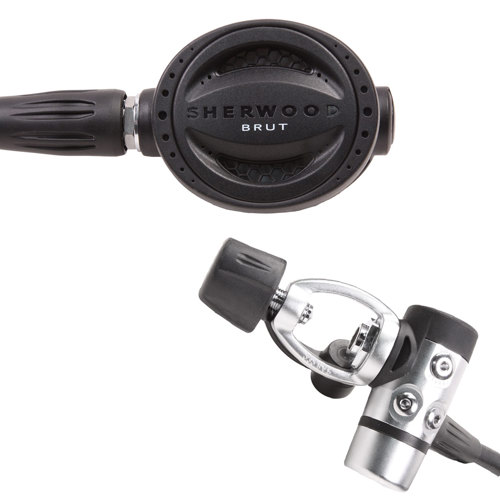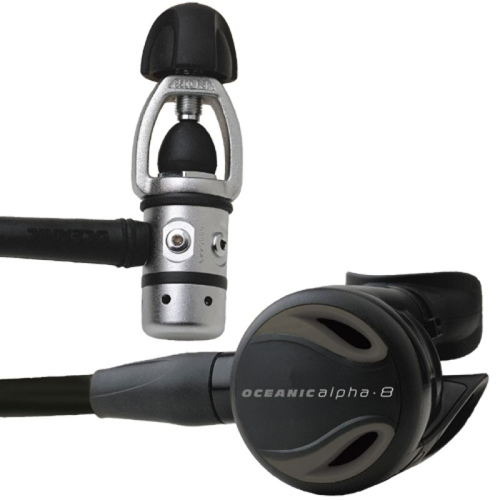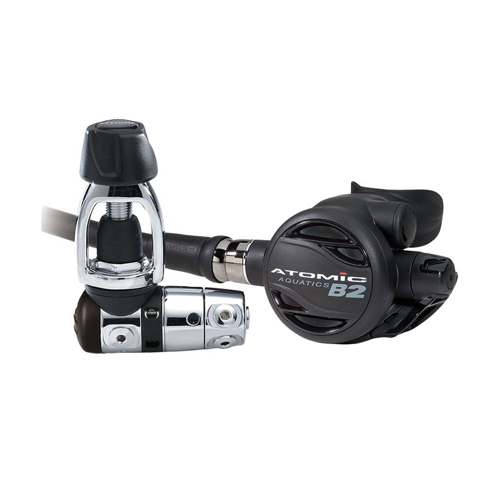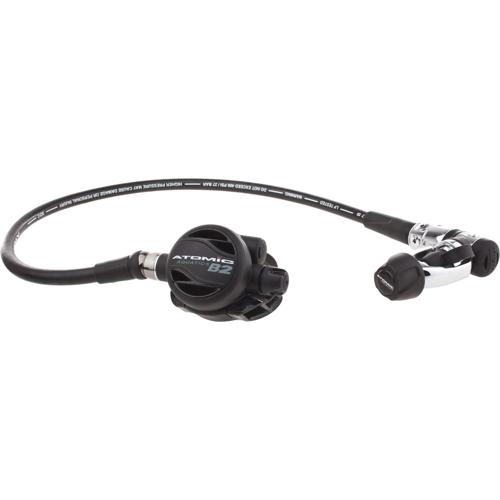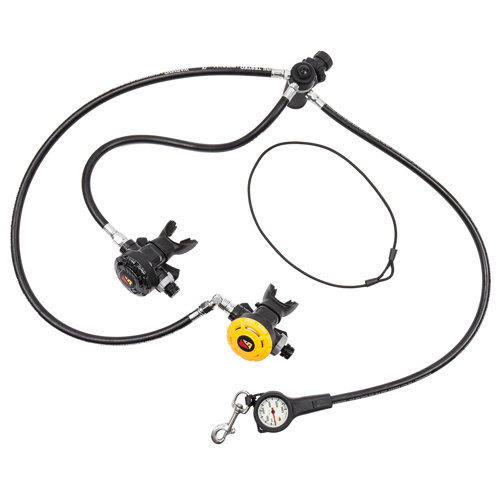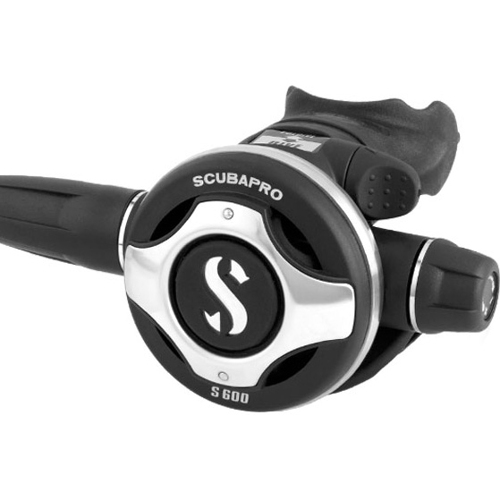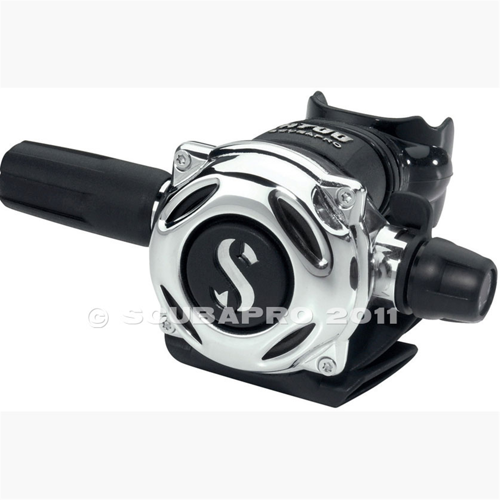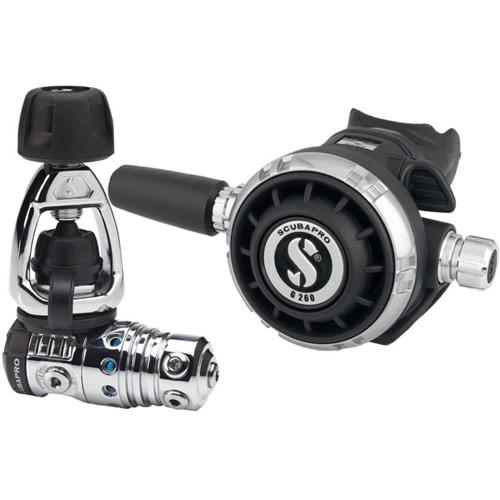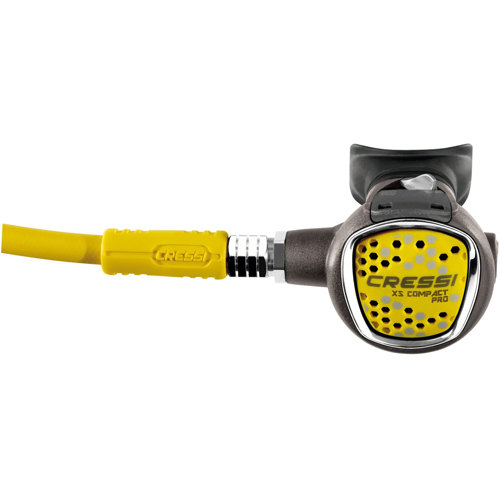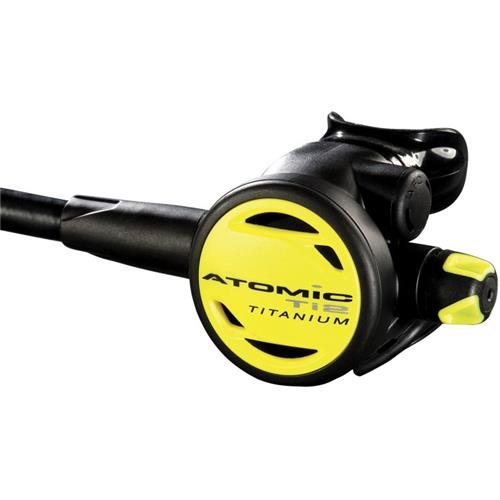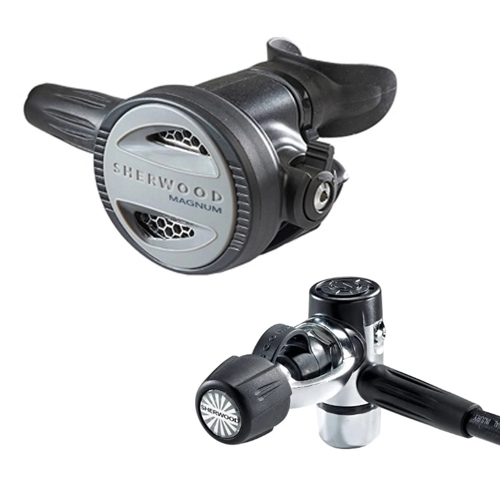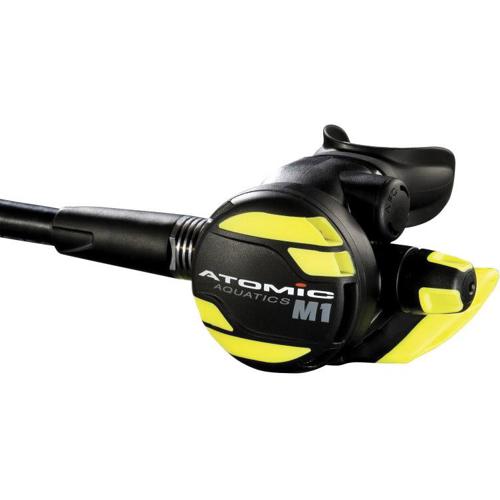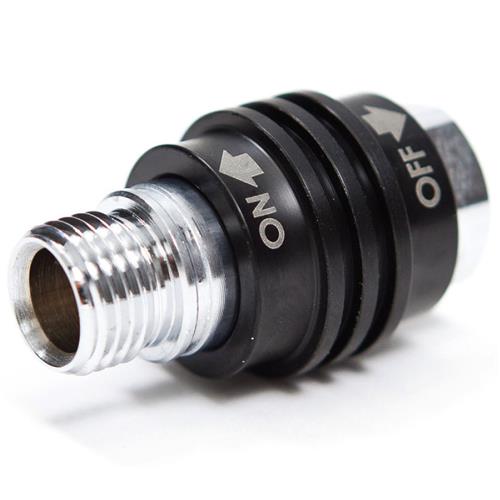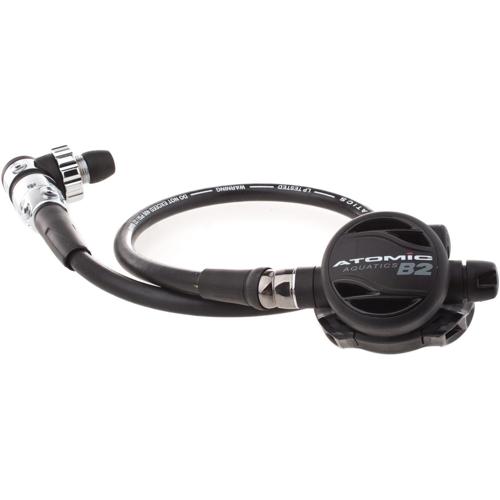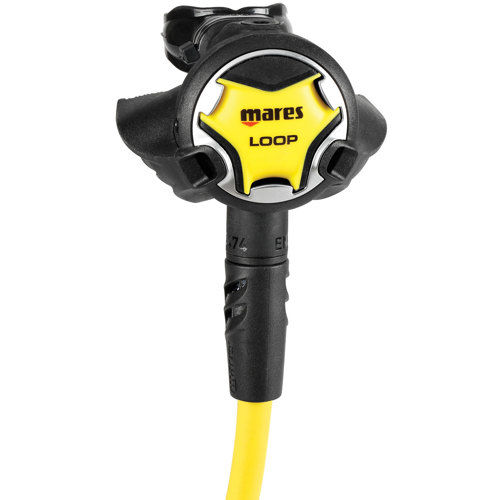Second Stage Shut Offs
Second stage shut off valves serve as a critical component for divers who demand precise control and enhanced safety in their underwater adventures. These compact, robust devices are engineered to be installed inline between the low-pressure hose and the second stage regulator, providing divers with the ability to instantly halt or resume the flow of breathing gas. Their importance becomes especially evident in challenging conditions, such as cold water dives where free-flowing regulators are a common concern, or when managing multiple tanks during technical dives. The summer months, with their longer daylight hours and increased dive opportunities, often see divers venturing into a wider variety of environments—ranging from chilly mountain lakes to bustling coastal reefs—where the risk of free-flow or accidental gas loss can be heightened. Having a shut off valve at your fingertips means you can confidently descend through thermoclines or navigate strong currents, knowing you have an added layer of control over your breathing gas supply.
Experienced divers appreciate that second stage shut off valves are not just about preventing free-flow; they are essential tools for managing gas delivery from stage bottles, particularly during decompression stops or when carrying redundant air sources. Technical divers, sidemount enthusiasts, and rebreather users often rely on these valves to isolate specific systems—such as the Automatic Diluent Valve (ADV), oxygen solenoids, or manual addition valves—ensuring that each component operates only when intended. Even drysuit divers benefit from the ability to isolate their inflator hoses, preventing unwanted suit inflation that could compromise buoyancy control. The design of these valves typically features a robust sliding collar or toggle mechanism, constructed from marine-grade brass or Delrin to withstand the rigors of saltwater exposure and repeated use. Their low-pressure rating (below 200 psi) makes them suitable for a variety of applications without adding unnecessary bulk or complexity to your setup.
Selecting the right second stage shut off valve involves considering the type of diving you do, the configuration of your gear, and the environments you frequent. For those who dive year-round or in diverse locations, a shut off valve can be a thoughtful gift—offering peace of mind and practical utility for both recreational and technical divers. Picture a diver preparing for an early morning shore dive, the air crisp and the water cool, methodically checking their gear before slipping beneath the surface. With a shut off valve in place, any unexpected free-flow at entry can be swiftly managed, conserving precious breathing gas for the dive ahead. As you explore the options on this page, remember that compatibility with your existing hoses is key; if you’re upgrading or customizing your setup, you may also want to browse our selection of
Second Stage Hoses to ensure a perfect fit. Ultimately, a second stage shut off valve is a small investment that can make a significant difference in both safety and comfort, allowing you to focus on the wonders beneath the waves with complete confidence.
Top Picks For Second Stage Shut Offs

